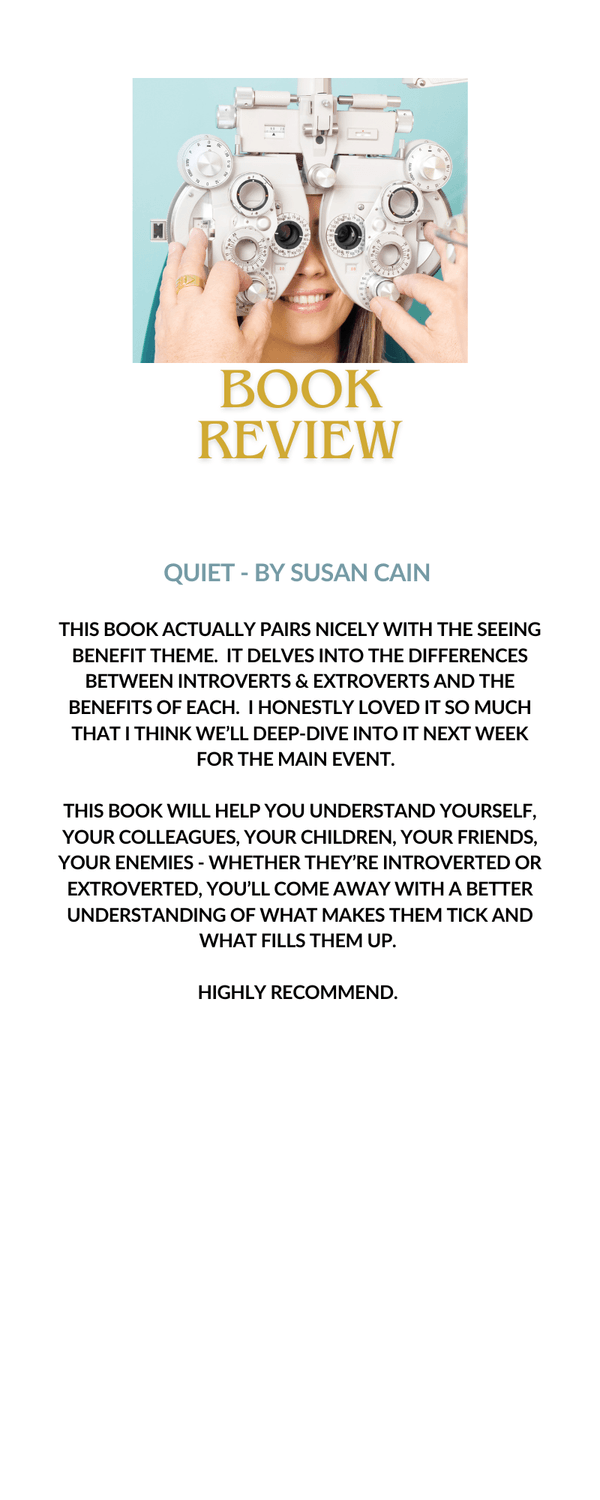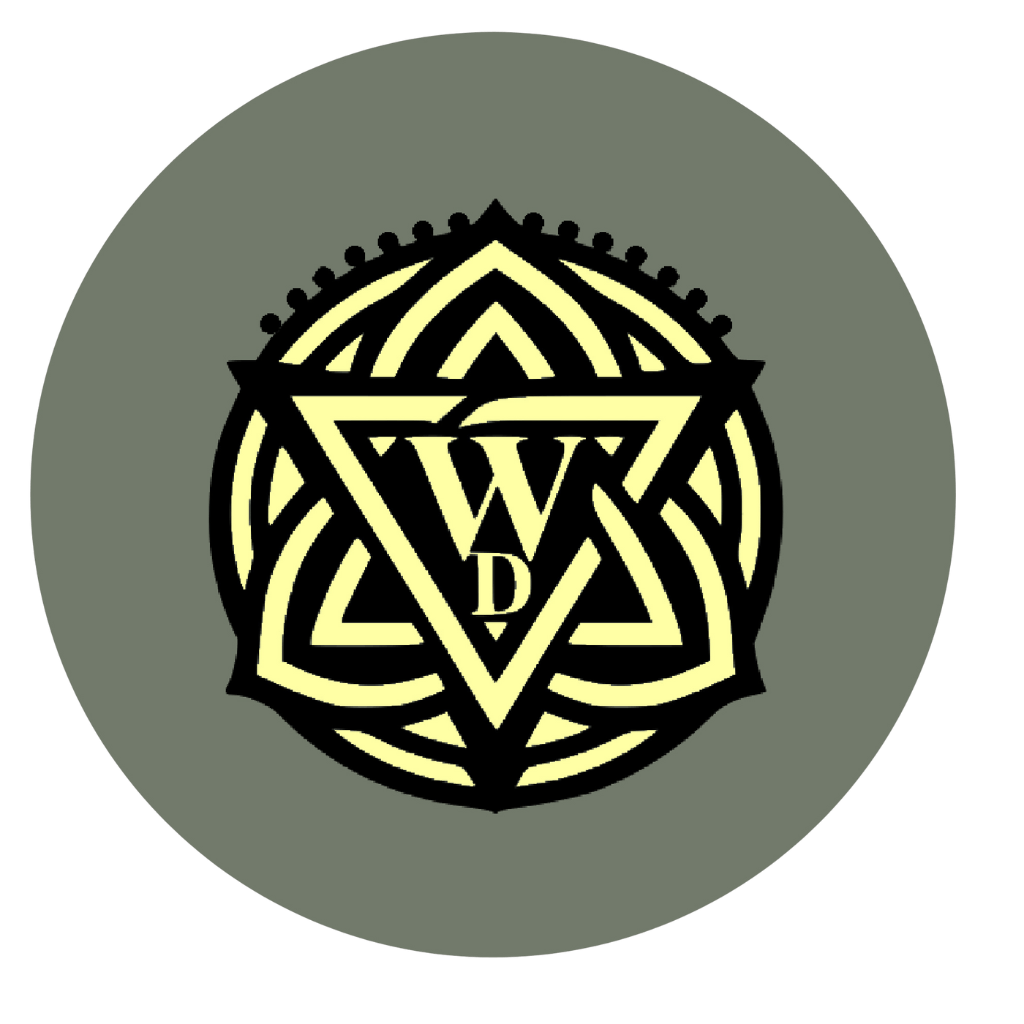Seeing Benefit

Ok, first of all, I'm really disappointed I couldn't come up with anything clever for this week's Newsletter Name.
In my head, I tried "Dregs Bene" - a play on Eggs Benedict noting the Dregs of a Project not showing any benefits. Show me the Bene.
"Where It's At" by Beck started playing in my head.
And then I looked around the office wondering if anyone could see the corny stuff in my head.
So, we're sticking with something more serious. Let's figure out the best way to see benefit.
Spoiler Alert - it's in the planning.
I know - Project Management is not always fun. Even really good leaders don't always love Project Management. One of my most adored colleagues, a former peer with whom I share a birthday H-A-T-E-D what I did when he had to abide by it! We still have dinner occasionally. And now he cheers me on from the sidelines. So, clearly he didn't hate ME. And I don't think he actually hated what I was doing either - it's just TIME CONSUMING and uggggghhhh DOCUMENTATION!!!! And APPPROOOOVVVALLLS??? I already have the budget! (XO Tom!)
Good Leaders do stand behind the planning, even when they don't love it because they understand the benefit.
Also - do you know what IS fun? Great outcomes! (Secret - I love the Planning and Project Management almost as much as the outcomes.) Great outcomes make the work worthwhile AND planning helps to eliminate wasting valuable time. Everyone loves that, right? Celebrating successes is also fun! Let's do more of that! Agree? Great, then let's plan for it.
There are two main categories to plan for: mandatory / regulatory projects and chosen projects. We're going to skip mandatory projects because ... they're mandatory. The benefit is that you don't get fined for not doing them or you don't lose access to your toolsets or whatever the negative outcome is when you DON'T do it doesn't happen. Chosen projects then - how do we plan for them?
A good place to start is understanding the difference between a project and a series of repeatable tasks that has to happen. I.e. - an employee has to update a database of users at the first of each month to cull those who are no longer employed. That's not a project. That is a monthly task that is part of your SOP (Standard Operating Procedure). You need to plan for this sort of thing only in the accounting of the time your teams have available to do project work. You can't omit doing your regular work in order to do projects.
The next step (assuming you have a strategic plan) is to review project requests as they relate to your strategic plan. If you have an intake process, asking submitters to explain how their request aligns and to which piece it aligns to will help you with this process. If you are just at the start of moving into a project management environment, you're probably figuring this out with your leadership team as you read through the requests. Projects that directly correlate to your strategic plan will have outcomes with more apparent benefits.
As part of this review process, it's also important to understand which of your strategies carry the most weight. Taking this weight into account will give you the most accurate approach for organizing your project priorities. I can break this down in another Newsletter, but for now, let's move on to choosing aligned projects and planning that project to get the most benefit.
Our Example) your most strategic plan identifies failing / outdated equipment as the most dire situation in your company. It's taking more and more time for your maintenance team to keep equipment running so that your staff can get through the day. Hardware maintenance is preventing that team from completing other regular SOP items, so additional problems are creeping up. Other teams are having to step in to help cover tasks.
If you don't make projects around Hardware maintenance top priority, and instead decide to add a soft-serve ice cream machine to the break room to help boost employee satisfaction, the benefit won't be readily apparent and it may in fact have negative value. Why?! Everyone loves soft-serve! (even lactose intolerant folks like me)
Well - the rest of the staff is so busy trying to help the maintenance team stay afloat that they can't even get down to the break room to get some. Maintenance is now even MORE dissatisfied because this is just another machine they have to maintain and they'll have to take additional time from their already stressed schedule to make this project happen. Which means more daily tasks will fall behind. And more work will fall to the teams they normally serve.
Do you see this snowball rolling downhill?
This is maintenance installing the soft-serve ice cream machine.
Instead of soft-serve, we're going to prioritize replacing the main failure point as the most important. Let's plan for it to get the most benefit. Plan for what, you say? We replace it! Unplug the old, plug in the new! BAM! Benefit! ummmm....no
When are you going to replace it? What time of day? What day of the week? How much time is estimated for the replacement? What's the setup time? What's the learning time involved before our staff can complete the setup? How do we carve that out of an already overbooked staff? What teams are impacted by the downtime? Based on the impact, who's participation will be required? Are there custom settings that need to be transferred to the new machine so that it functions properly in your environment? (This one is so huge, please don't forget about custom settings. Zebra label printers in hospital departments shudder) How are you going to test the switchover? Can you run the old and new in a parallel situation, so that you have a single team or two come up on the new machine for the first 1-2 weeks? Or is it all / nothing? Are you starting to see the difference in these approaches? Great! Now how do we write these as goals that we can measure?
Once we have fully discussed all of these questions with our full project team and captured all of the things to consider, then we can start outlining our schedule with goals. One way to approach this is to take into consideration the overall problem you're looking to solve as well as the potential problems you could run into along the way.
Overall Problem: Maintenance time is currently 34% (or x hours) above staff hours.
Goal: Reduce maintenance time by 36% (tip: the equipment you're buying better legitimately offer this reduction). This is what you will measure before and after. This allows you to SEE THE BENEFIT. You have to have the before measurement in order to measure after. But how to ensure you actually get there? As mentioned, a big part is choosing the right equipment / vendor support package. The next part is aligning your tasks and sub-goals to help achieve this goal.
Sub-Problem: Post-install performance adjustments could add to maintenance hours.
Goal: Post-install adjustments less than 12 hours in first six weeks. Tasks: 1-Review existing setup / gather current custom settings 2-Talk to departments to understand if any additional changes need to be made to settings (i.e. are there service tickets around output related to settings?) 3-Review new equipment settings & meet with vendor to align customizations ahead of install 4-Add custom setting tests to setup phase to ensure all scenarios are accounted for
Sub-Problem: Teams affected by changeover may not be able to work.
Goal: Zero work loss due to install. Tasks: 1-Setup full rollback plan that can be accomplished prior to start of next work day 2-Establish testing team with participants from each affected team (acts as departmental sign-off team) 3-Establish go-live during non-work or lowest-work hours 4-Run old and new systems in parallel for first x days (assuming this is possible)
Does all of this take time? Of course!
Does it make your project goals possible? YES - Planning is the only thing that makes goals possible.
Can your staff just whip this up and cover everything? Possibly...but good planning is more doable when you have a designated Project Manager. Experienced Project Manager is even better, but at least designating one person is a start. That one person will outline the work, organize the work, report on the work, investigate problems that arise and help clear the path for those doing the project work. Having one person reviewing the project progress holistically will help drive success and ultimately help you realize the potential benefit of the project.
I could talk about this all day long. But, I won't. If you WANT to talk about this more, reach out to me. 😊
Created with © systeme.io


